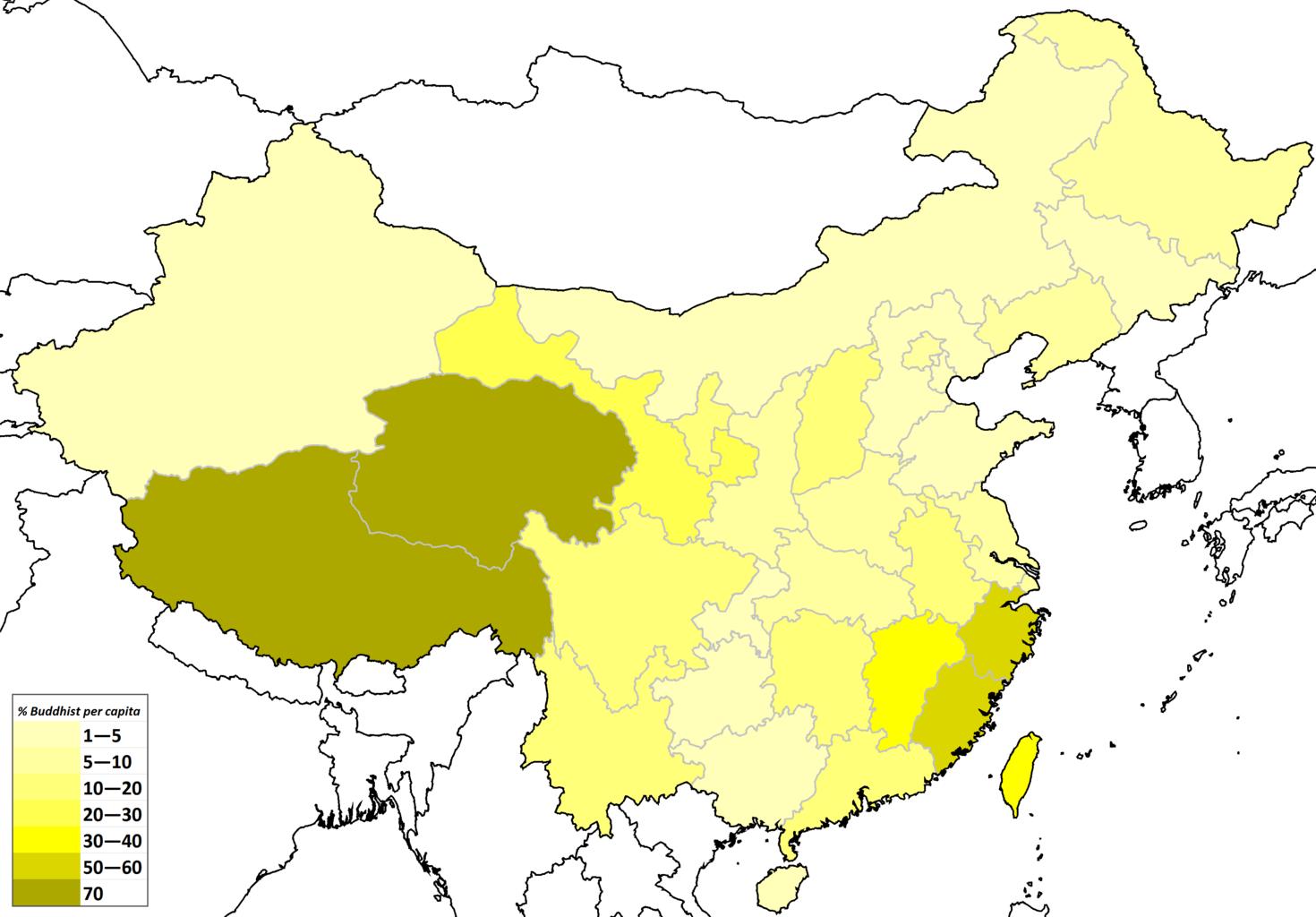The Ultimate Guide to Becoming a Data Analyst, Becoming a data analyst is a rewarding career path for individuals who are passionate about working with data, solving complex problems, and making informed decisions based on insights derived from data.
The Ultimate Guide to Becoming a Data Analyst:
In this step-by-step guide, we will outline the key skills, knowledge, and experiences required to become a successful data analyst.
Step 1: Understand the Role of a Data Analyst
Before embarking on a career as a data analyst, it’s essential to have a clear understanding of the role and responsibilities of a data analyst.
A data analyst is responsible for collecting, cleaning, transforming, and analyzing large datasets to extract meaningful insights and recommendations.
They work closely with stakeholders across various departments to understand their needs and priorities and provide actionable insights that drive business value.
Step 2: Develop Strong Mathematical and Statistical Skills
To become a successful data analyst, it’s crucial to have a solid foundation in mathematics and statistics.
This includes proficiency in algebra, geometry, probability theory, and statistics.
A strong understanding of these concepts will enable you to work with complex datasets, apply statistical techniques to analyze data, and interpret the results accurately.
Step 3: Learn Programming Languages
Data analysts need to be proficient in programming languages such as Python, R, SQL, and SAS.
These languages are used to manipulate and analyze large datasets using various tools and libraries such as Pandas, NumPy, Matplotlib, and Tableau.
Learning these programming languages will enable you to work with different types of datasets and perform various types of analysis efficiently.
Step 4: Gain Experience with Data Visualization Tools
Data visualization is an essential part of data analysis as it enables stakeholders to understand complex datasets quickly and easily.
Some popular data visualization tools include Tableau, Power BI, Excel PivotTables, and Google Charts.
Learning how to use these tools will enable you to create interactive dashboards that provide actionable insights to stakeholders.
Plot categorical data in R » Data Science Tutorials
Step 5: Understand Business Domains
To become a successful data analyst, it’s essential to have a deep understanding of various business domains such as finance, marketing, operations, and sales.
This knowledge will enable you to work closely with stakeholders across these domains to understand their needs and priorities accurately.
It will also enable you to provide insights that are relevant and actionable for the specific business domain.
Step 6: Develop Strong Communication Skills
Communication skills are critical for data analysts as they need to communicate complex insights effectively to stakeholders across various departments.
This includes the ability to explain technical concepts in simple terms that non-technical stakeholders can understand easily.
It also includes the ability to present insights using visual aids such as charts and graphs effectively.
Step 7: Stay Updated with Industry Trends and Technologies
The field of data analytics is constantly evolving as new technologies emerge and industry trends change rapidly.
Data analysts need to stay updated with these trends and technologies by attending conferences, reading industry publications, participating in online communities, and taking online courses regularly.
This will enable you to stay ahead of the curve and provide cutting-edge insights that drive business value.
Step 8: Build a Portfolio of Projects
Building a portfolio of projects is an excellent way for aspiring data analysts to showcase their skills and experience to potential employers.
This portfolio should include projects from various business domains that demonstrate your ability to work with different types of datasets using various tools and techniques effectively.
It should also include projects that demonstrate your ability to communicate insights effectively using visual aids such as charts and graphs.
Step 9: Network with Industry Professionals
Networking is an essential part of building a successful career in data analytics as it enables you to learn about new trends, technologies, and job opportunities in the industry.
Attending industry events such as conferences, meetups, and workshops is an excellent way to network with industry professionals such as data scientists, machine learning engineers, and business analysts.
It also enables you to learn about new job opportunities in the industry through referrals from your network.
How to Change Cell Color Based on Date in R » finnstats
Step 10: Seek Feedback Regularly
Seeking feedback regularly from stakeholders across various departments is an excellent way for data analysts to improve their skills continuously.
This feedback should be used constructively to identify areas where you need improvement and develop strategies for improving your skills in those areas over time.
It should also be used constructively to identify areas where you excel and build upon those strengths over time.












